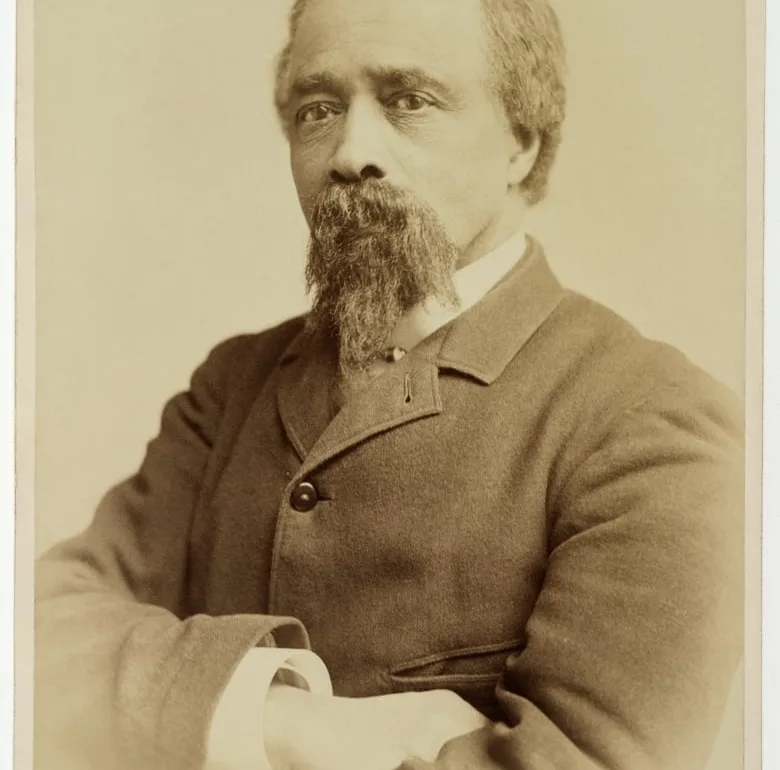Black Life: Untold Stories reframes the rich and complex histories of Black people in Canada, dispelling commonly accepted myths and celebrating the contributions of both famous and lesser-known individuals. The eight-part series spans more than 400 years with an eye toward contemporary issues, culture, politics, music, art and sports.
This article is by art history professor Charmaine A. Nelson. Nelson and Edward Mitchell Bannister are featured in the fifth episode, “Creation Insists.”
Nineteenth-century New Brunswick was not a place known for the arts, and the few opportunities for artists at the time were not available to Black people. So how did the New Brunswick-born Edward Mitchell Bannister become the first Black man to win a major art prize in the United States?
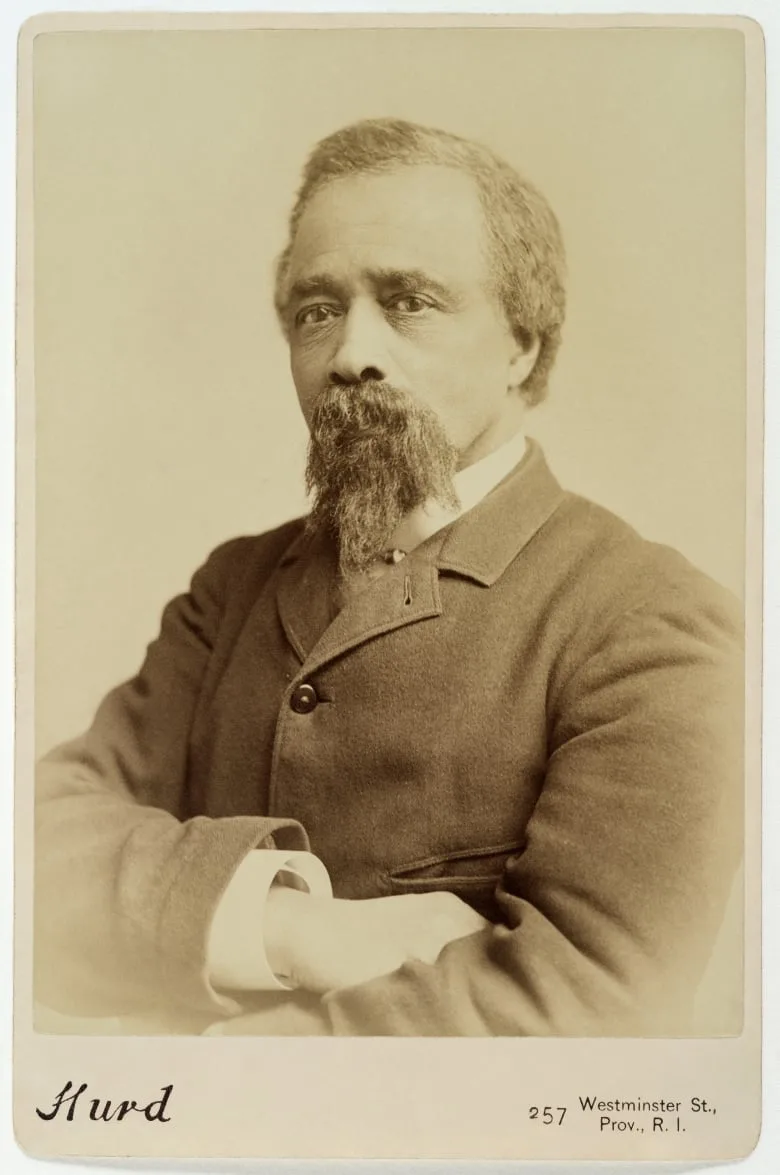
Bannister, long claimed as a canonical African American and American painter, has been neglected in Canadian art history.
Bannister was born in 1828 in Saint Andrews, N.B., and lived there until young adulthood. In the 19th century, the town, originally known by the Algonquin name Qunnnoskwamk’ook, was racially segregated and dominated by white Loyalists. Although Bannister was born free, slavery was still legal in New Brunswick and other provinces — it would be abolished six years later, in 1834.
Bannister’s father died when he was three or four, and after that, he was raised by his mother, who was supportive of his artistic talents. Bannister was drawing by the time he was 10, but how his early talent and desire to become an artist were developed in this sleepy proto-Canadian seaside town remains a mystery.
Leaving New Brunswick for better opportunities
Bannister left New Brunswick in his late teens, spending some time at sea. He eventually moved to Boston, giving him further access to social and cultural opportunities.
Although Massachusetts had ties to slavery for more than a century, by the 19th century, Boston had become known as an abolitionist hub: it’s where William Lloyd Garrison published the Liberator and founded the New England Anti-Slavery Society, and most importantly, where both enslaved and free Black people worked to end slavery in the state in the 1780s. But slavery was still widely legal elsewhere in the U.S. and would remain so until 1865.
Bannister’s move to Boston was transformative. He was active in a rich cultural circle, participating in singing and joining a theatre troupe. After meeting Christiana Carteaux in that troupe, Bannister secured work as a barber in the salon she owned. Bannister courted and eventually married the Black Indigenous entrepreneur.
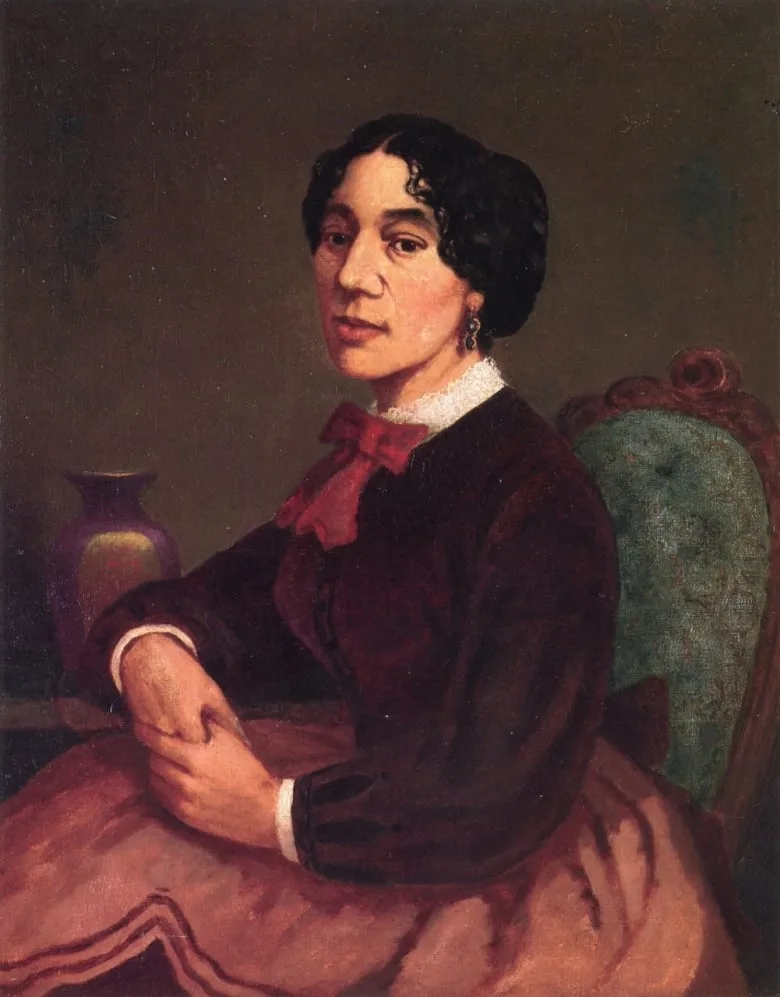
In Christiana, Bannister found an intelligent, ambitious, educated and well-connected businesswoman. She was an activist who facilitated his access to Boston’s Black elite and white anti-slavery communities. She became his indispensable patron, advocate, critic, confidant and staunchest supporter.
Christiana had links to prominent free Black abolitionist families, and she likely encouraged Bannister’s participation in official and clandestine abolitionist activism and Civil War aid for the formerly enslaved and wounded Black soldiers. Together they assisted in Boston-based operations of the Underground Railroad.
When Christiana helped organize a fair and auction on behalf of Black Union soldiers from Massachusetts, Bannister’s portrait of the martyred Col. Robert Gould Shaw (then valued at $200 US) was auctioned and eventually hung in the State House in Boston.
The Bannisters moved in circles with the likes of famed self-liberated Black activists including Frederick Douglass and William Wells Brown; Brown himself observed that Bannister was immersing himself in poetry and the classics, and was constantly honing his artistic skills.
‘Natural talent … was often not enough to overcome the crippling effects of racism’
Although Bannister enjoyed some success by 1854, when an article in the Liberator described him as a “coloured genius,” his path was far from smooth.
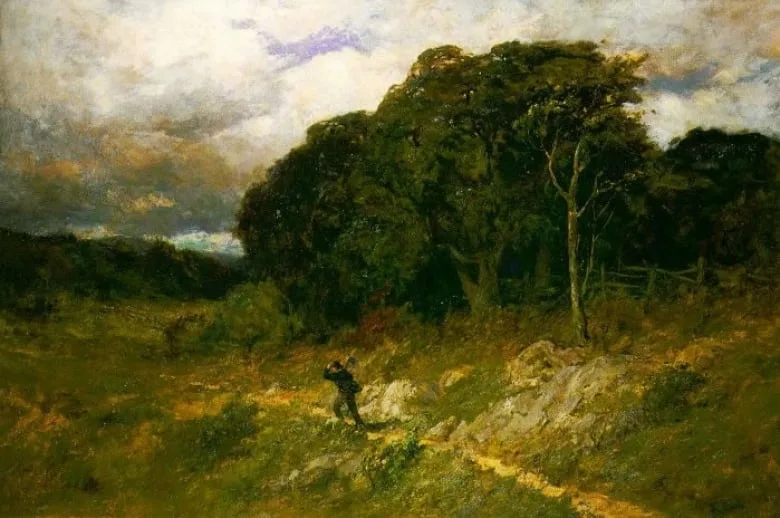
The racial segregation of art education was an obstacle that made it difficult to secure professional instruction. Indeed, the Liberator article from 1854 described him as “self-taught.”
As Naurice Frank Woods, who teaches African American art history at the University of North Carolina at Greensboro, has aptly noted, the racist jealousy with which whites guarded their access to “high” art meant that for Black artists, “natural talent … was often not enough to overcome the crippling effects of racism.”
To understand the full weight of the artistic and cultural achievements of Bannister, one must come to grips with the pervasive racism of 19th-century North America.
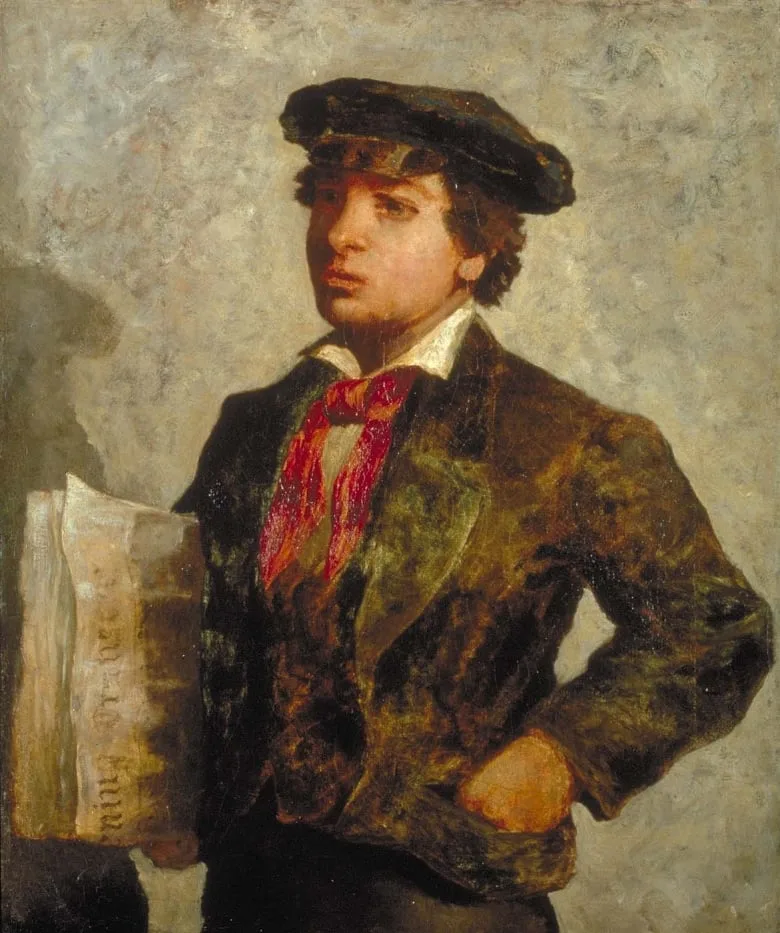
Slavery depended on the physical, social, intellectual and cultural denigration of Black people. The notion that race was biological and hierarchical — with whites as the unquestioned ideal — produced the stereotypes of Black people as uncivilized and incapable of refined thought or esthetic accomplishment. These stereotypes supported the strategic segregation of education and served to dissuade or outright block Black people from accessing formal training.
Bannister understood that his limited art education, a piecemeal blend of art school classes and private lessons, was not at the level of most of his white peers. “All that I would do, I cannot … simply from the lack of training,” he told a close friend.
This pervasive racism resulted in very few examples of formally-trained Black artists who were able to put brush to canvas or chisel to stone. Black subjects are largely missing from Bannister’s oeuvre, perhaps because of the lack of Black patronage, and maybe because he understood that aligning himself with Black subjects could diminish his prospects with the white patrons upon whom he necessarily relied.
Triumph at the Philadelphia Centennial Exposition
Bannister eventually settled in Providence, R.I., opening a studio where he created religious, still life and portrait paintings. But he won the most acclaim for his accomplished landscapes in the French Barbizon style, which allowed him to interpret nature in more expressive and imaginative ways.
Bannister began to receive regional and national recognition for his art, winning an award of premium at the 1872 Rhode Island Industrial Exhibition for Summer Afternoon. He also won first prize for Under the Oaks (now lost) at the Philadelphia Centennial Exposition in 1876. In the latter case, not wanting to influence the judges, Bannister had not disclosed his race with his entry.
When he arrived in Philadelphia to collect his award, he was met with disdain and dismissed as a “coloured” interloper until he informed the officials he had painted the winning entry. Disgracefully, the white judges tried to withdraw their decision after Bannister’s race was revealed; they only relented after vehement protests by fellow artists. Bannister’s triumph in Philadelphia cemented his reputation as a leading artist.
‘Par excellence a landscape painter, and the best one our state has produced’
Bannister’s output slowed by the 1890s due to ill health and he suffered from dementia late in life.
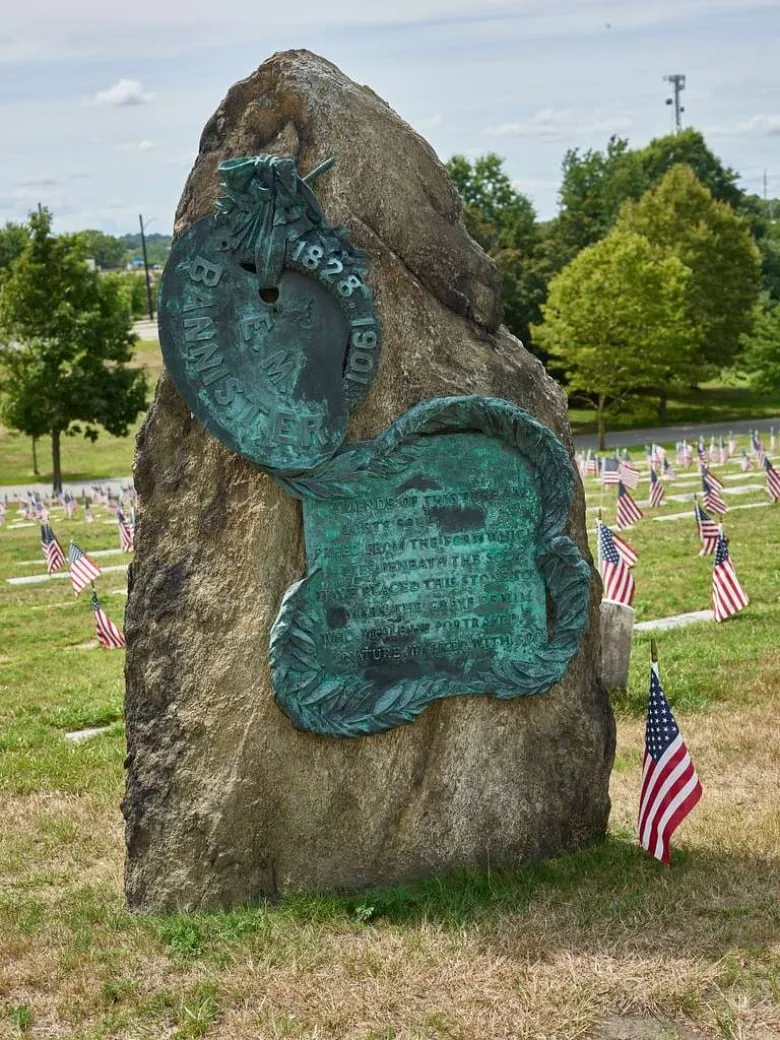
Bannister died in 1901, at the age of 72. After his death, he received glowing praise in obituaries in the white and Black presses; within mere months, his friends curated a major retrospective in his honour at the Providence Art Club, remembering him as “par excellence a landscape painter, and the best one our state has produced.” The same friends — all white men — erected a monument cut from a three-metre-tall block of Rhode Island granite at his gravesite the same year.
Bannister clearly understood how racism had limited his artistic aspirations. “I have been sustained by an inborn love for art, and accomplished all I have undertaken through the severest struggles, which while severe enough for white men, have been enhanced tenfold in my case.”
In the end, Bannister transcended his humble New Brunswick roots to establish himself not merely as a painter of national prominence in the U.S., but also as an instructor, esteemed peer and a founder of early American art institutions.
It is past time for him to be properly recognized in his country of birth.
Learn more about Edward Mitchell Bannister in the “Creation Insists” episode of Black Life: Untold Stories, now streaming on CBC Gem.
For more stories about the experiences of Black Canadians — from features on anti-Black racism to success stories from within the Black community — check out Being Black in Canada, a CBC project Black Canadians can be proud of. You can read more stories here.



